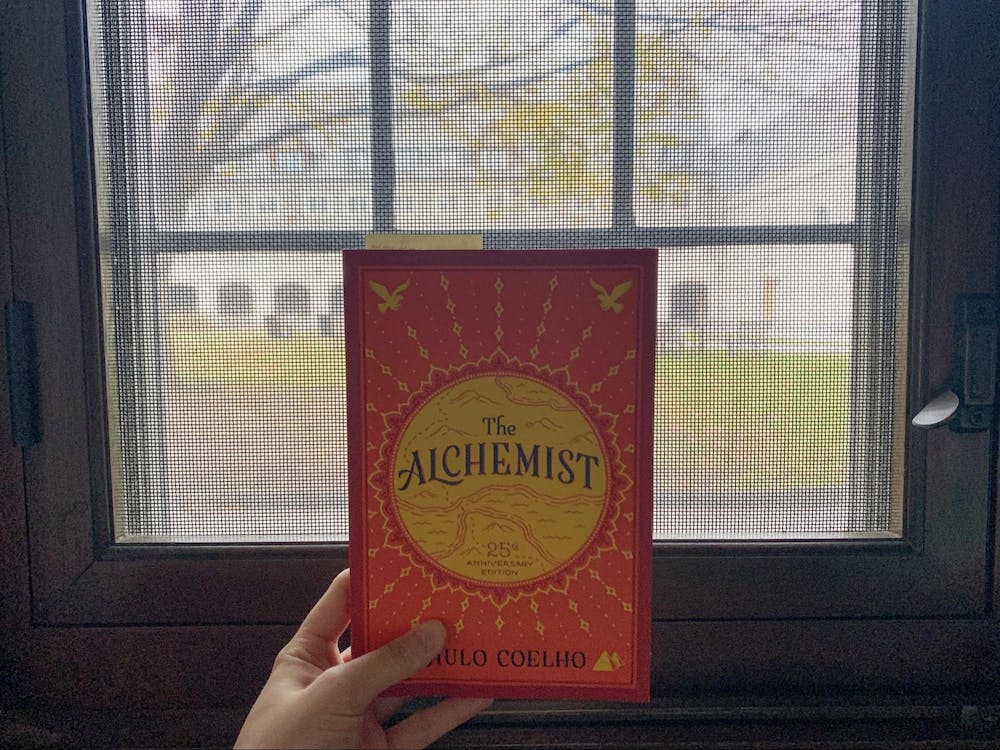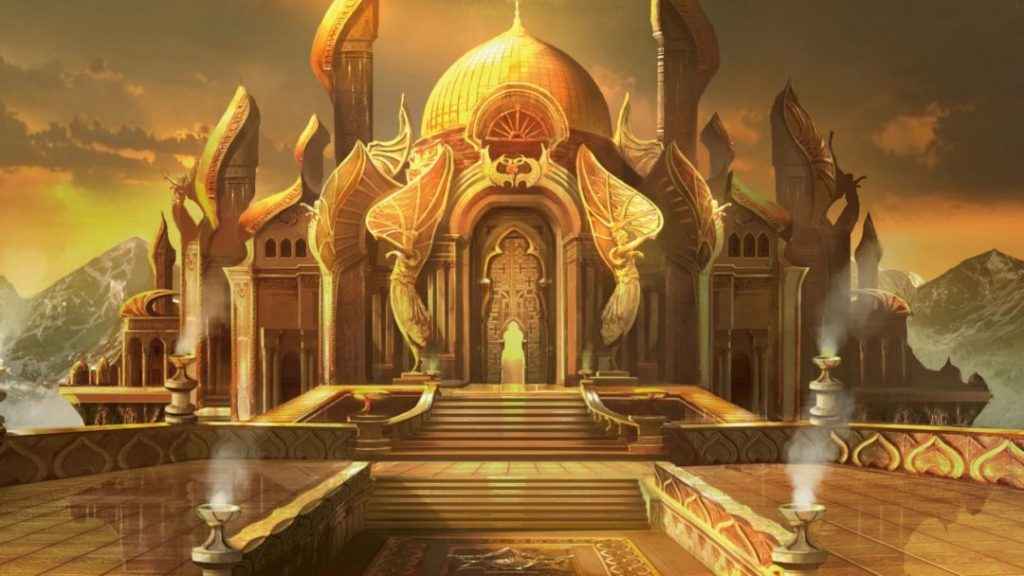
The Daevabad Trilogy by S.A. Chakraborty is a big hit in today’s fantasy book world. It includes three books: The City of Brass, The Kingdom of Copper, and The Empire of Gold. These books take readers on an exciting adventure into a world filled with magic, lots of interesting twists, and deep cultural stories. As someone who has read all three books, I am really impressed and deeply involved in the amazing world that Chakraborty has built.
Book 1
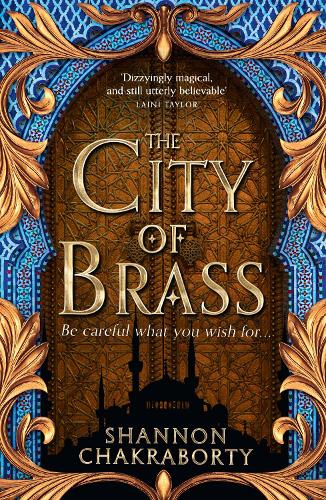
Book 2
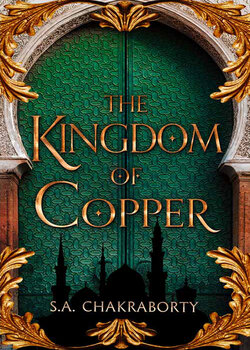
Book 3
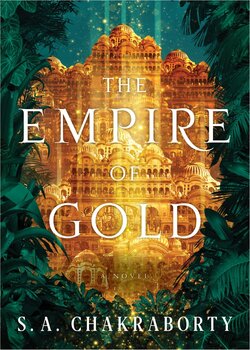
Narrative and World-Building
The trilogy’s biggest strength is definitely the amazing world it builds. Chakraborty has created a place that is not only filled with magic but also deeply connected to the traditions and stories from Islamic and Middle Eastern cultures. In this world, the city of Daevabad is a standout. Home to six different tribes of djinn, each with their own unique characteristics and history, Daevabad is much more than just a setting for the story. It feels like a living, breathing character, full of life and stories of its own.
What’s really striking is the level of detail Chakraborty puts into the social and political aspects of this world. It’s not just about magic and fantasy; there’s a real sense of how societies work, how different groups interact, and how history shapes the present. This attention to detail makes the world feel big and epic, like you’re part of a grand adventure. At the same time, it’s also very human and relatable. You get to see the characters’ struggles, hopes, and dreams, and how they’re all tied to this richly imagined world.
Character Development
The characters Nahri, Ali, and Dara in the trilogy are very well done. Nahri is especially interesting. She starts as a clever scam artist and then learns about her real family background. Watching her change from someone who knows how to survive on the streets to a big player in the politics of Daevabad is really well written. Prince Alizayd, or Ali, is another great character. He’s always trying to balance his religious beliefs, his love for his family, and his sense of what’s right and wrong. This makes him a very deep and complex character.
Dara, on the other hand, is a bit harder to understand, especially in the last book. His character seems to change in ways that might confuse readers. It’s not always clear what he really wants or what his true purpose is. So, while Nahri and Ali’s stories are clear and engaging, Dara’s story might leave some readers unsure about how they feel about him.
Plot and Pacing
The trilogy keeps the story moving quickly right from the start. The first book does an excellent job setting the scene and introducing us to the key characters and the magical world they live in. It lays a solid foundation for everything that follows.
The second book, The Kingdom of Copper, really stands out. It takes the story to a new level. Here, the political plots become more complex and gripping, pulling us deeper into the struggles and power plays of Daevabad. At the same time, it develops the characters’ relationships in more depth, making us care more about what happens to them.
In the last book, The Empire of Gold, there’s a lot happening. The story is ambitious, aiming to bring all the different threads and characters’ journeys to a close. For the most part, it does this well, providing many satisfying moments. However, in its effort to wrap up so many different storylines, the book sometimes feels rushed. Some parts of the story that we might have expected to be more detailed or drawn out are concluded quickly. It’s like the book is racing to tie up all the loose ends, and because of that, some parts don’t get as much time as they might need to feel completely finished. Despite this, the book still offers a thrilling conclusion to a grand adventure.
Themes and Representation
Chakraborty does a great job of weaving in serious and important topics like colonialism, racism, and the challenges of power and leadership into her trilogy. These aren’t easy subjects to tackle, but she handles them with care, making her story not just entertaining but also thought-provoking. These themes add a layer of depth to the plot, making the readers think about these real-world issues as they get lost in the fantasy world.
Moreover, Chakraborty’s portrayal of Middle Eastern culture is a refreshing change in the fantasy genre, which often sticks to more familiar Western settings and myths. By bringing in elements from Middle Eastern folklore and culture, she gives her story a unique flavor. This isn’t just for show, either; her respectful and careful representation adds authenticity to the world she’s created. It enriches the story, making it not just a journey through a magical land, but also an exploration of a rich cultural heritage that many readers might not be familiar with. This blend of fantasy with real-world cultures and serious themes makes the Daevabad Trilogy stand out and gives readers a lot more to think about and enjoy.
Last Thoughts
The Daevabad Trilogy is a really impressive piece of work in the world of fantasy books. It mixes together a magical world, exciting political stories, and deep cultural traditions in a way that is very gripping. Even though there are a few small issues, especially with how some parts of the story end, the whole series shows just how good Chakraborty is at telling stories. This is a journey that anyone who loves fantasy stories should definitely want to start. It promises a world that is as magical and fascinating as it is full of big ideas to think about

